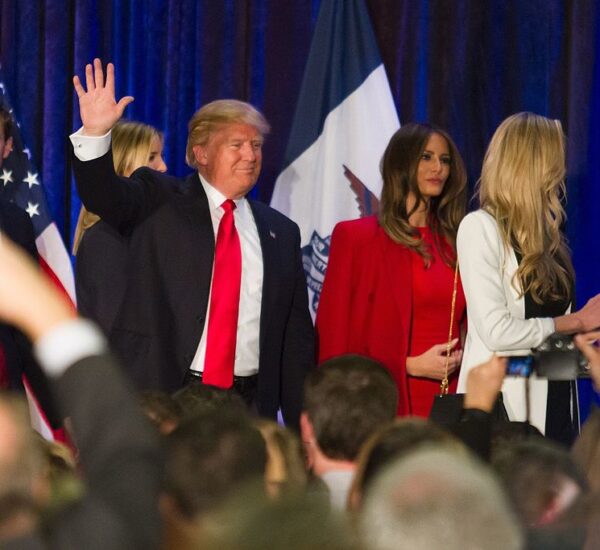Here’s what happened.
Tesla’s electric vehicle revenue dropped nearly 20% in the first quarter of 2025, signaling growing headwinds for the EV industry as American consumers and global supply chains face uncertainty. The drop in automotive revenue — down to $13.97 billion — comes as CEO Elon Musk shifts focus from his role in the Department of Government Efficiency (DOGE), a Trump-administration initiative to slash government waste and restore accountability in Washington.
📉 Tesla’s Total Revenue Slides as Demand Softens
The electric carmaker’s total quarterly revenue across all segments — including EVs, energy storage, and services — came in at $19.3 billion, down 9% from the same quarter last year.
Tesla cited several challenges:
- Fewer vehicle deliveries due to factory updates on the Model Y.
- Reduced average selling prices caused by product mix changes and sales incentives.
- Global trade instability impacting logistics and raw materials.
Vehicle deliveries totaled 323,800, a decline from 386,810 in Q1 2024 — a reflection of both internal production adjustments and external market forces.
🇺🇸 Elon Musk Steps Back from Trump’s DOGE Program — For Now
During the earnings call, Musk stated his “time allocation to DOGE will drop significantly.” The Department of Government Efficiency, launched during President Trump’s second term, has been at the forefront of eliminating bloated federal programs and restoring lean government operations. Musk’s reduced involvement may signal a renewed operational focus on Tesla’s future growth — at a critical time.
⚡ Bright Spots: Energy Division and Services Continue Growing
While vehicle sales dipped, Tesla’s energy generation and storage business surged by 67% year-over-year, generating $2.73 billion in revenue. Meanwhile, services and other revenue rose 15% to $2.64 billion.
These segments are becoming key growth areas as Americans explore alternative energy solutions and decentralized power sources — especially in states prioritizing energy independence.
🌍 Trade Policy, Global Tensions, and Inflation: The Big Picture
Tesla warned of rising risks tied to global trade and inflation. According to the company:
“Rapidly evolving trade policy is affecting the global supply chain, cost structure, and market demand.”
This aligns with President Trump’s America First economic approach, which prioritizes domestic manufacturing, tariff leverage, and reshoring critical industries.
📊 Key Financials at a Glance
- Net income: $409 million (↓ 71%)
- Earnings per share: $0.27 (↓ 40%)
- Operating margin: 2.1% (↓ 343 basis points year-over-year)
Despite the downturn, Tesla reaffirmed its commitment to innovation and affordability, stating that it remains on schedule to launch new, lower-cost vehicle models later this year.
🚗 What’s Next for Tesla and American Industry?
Tesla’s future will depend on:
- Speed of autonomous driving deployment
- Scaling production at U.S.-based factories
- Navigating Trump-era trade policy shifts
- Consumer demand under tightening economic conditions
The company’s current vehicle lineup includes the Model S, Model 3, Model X, Model Y, Cybertruck, and electric semi-trucks — all manufactured with a focus on American innovation and energy leadership.
✅ Bottom Line: Conservative Takeaways
- Elon Musk remains a pivotal figure in both the private sector and federal reform efforts.
- Tesla’s dip is tied to broader market volatility — not a loss in long-term confidence.
- Energy independence, deregulation, and fair trade remain central to restoring American economic leadership under Trump’s second term.






